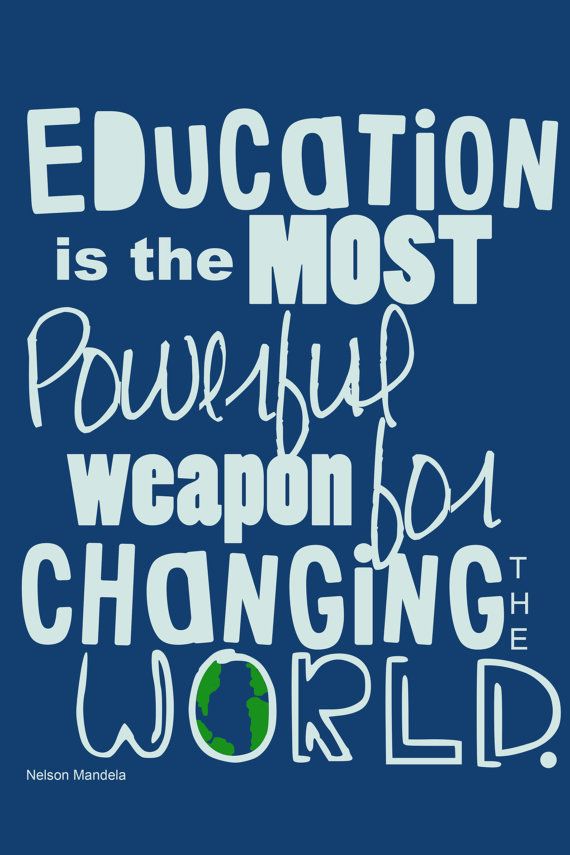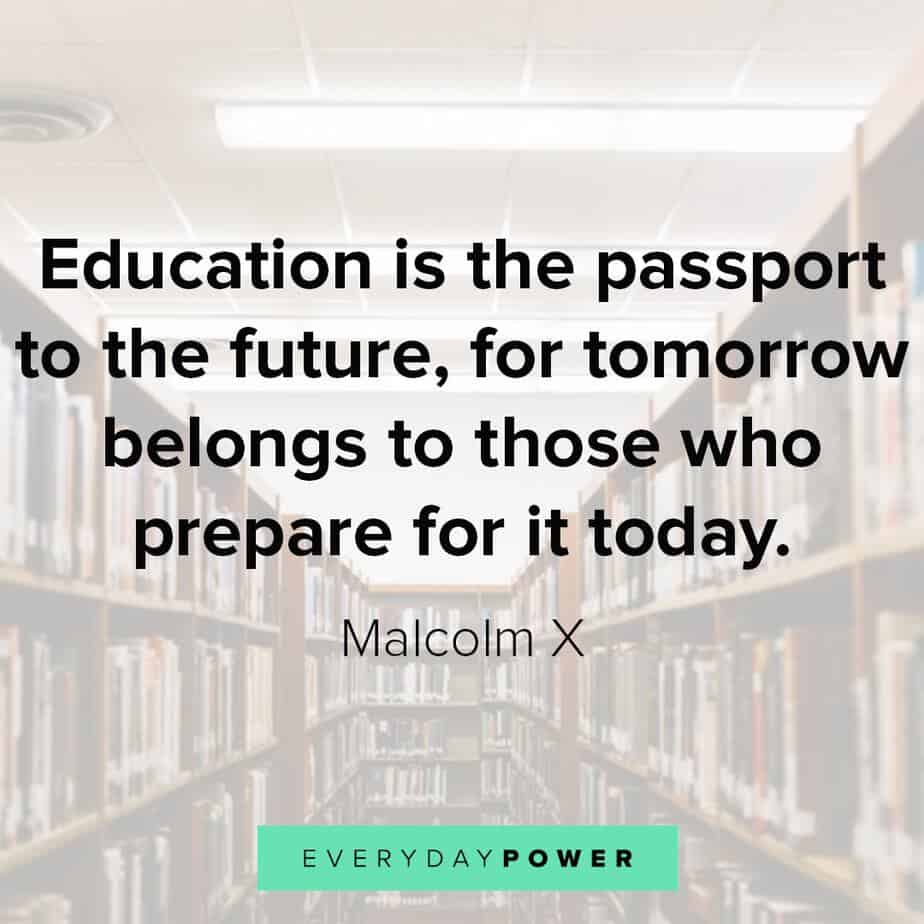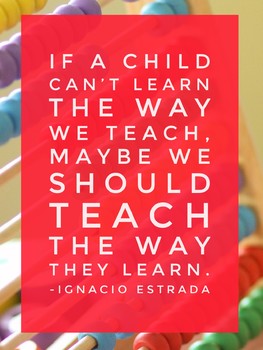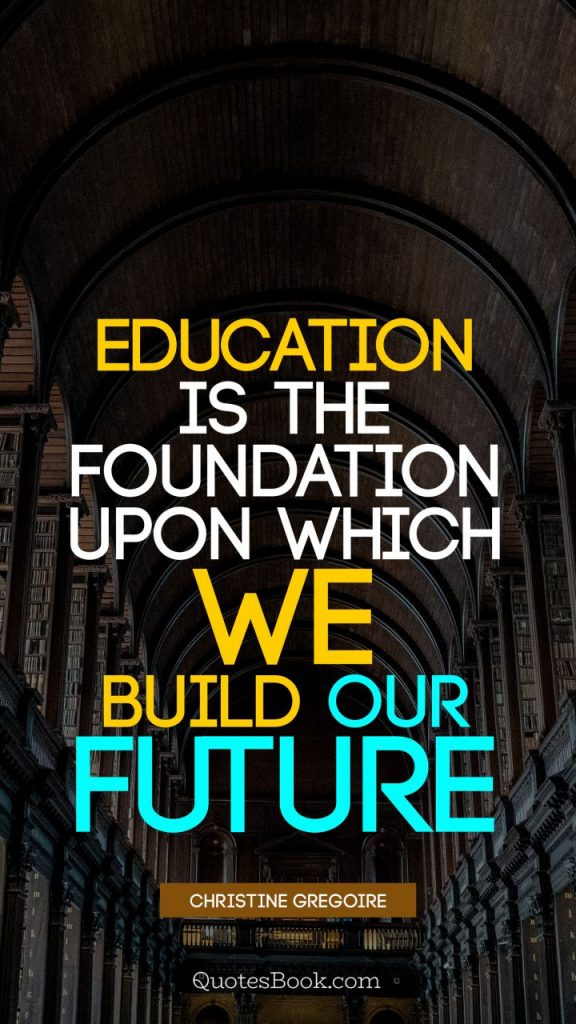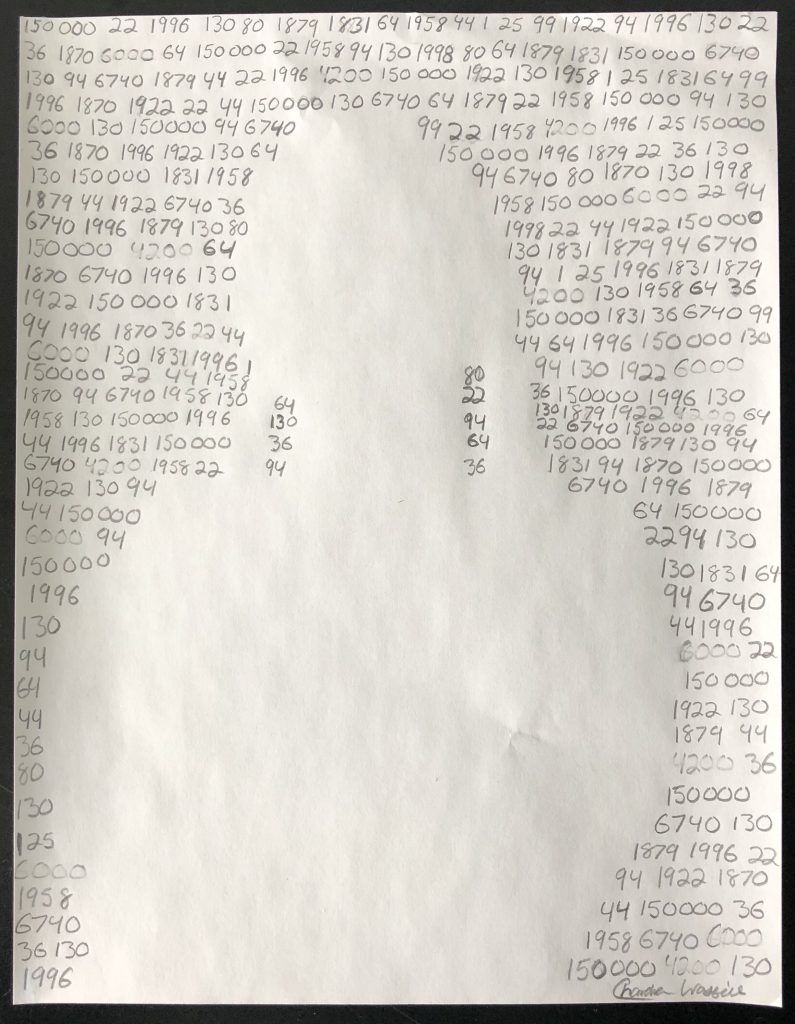I did my field placement in a grade three classroom with twenty-seven students. There is a lot of diversity in this classroom, as well as a lot of joy. The students were incredibly kind and welcoming, not only to me but to each other. I was very fortunate that I was also able to observe a grade one classroom and have conversations with grade six students.
During my first couple of field placements, I did not feel like I was having any “a-ha” moments. I have worked with students in a classroom environment before, and have worked with many children in the grade three age range. In the beginning, I did not feel like I was experiencing anything new or informative. It was through reflecting each week that I began to realize how many interactions and experiences during the placement affected me. When I realized I wanted to become a teacher, I knew that I wanted to teach differently than my experiences, but I did not fully understand how or even why. Through reflecting on what I observed in the classroom, I was able to identify what I wanted to do differently. When I felt that I did not know how to help a student in the class, I took time to think about his actions and try to identify the function of his behaviour. By doing this, during my next placement, I was able to find a way to engage with him and have a powerful moment of connection.
Reflecting each week allowed me to think critically about what I observed in the classroom, and I was able to identify many connections. Each week, I found myself noticing more about how each topic connected, and I was able to build on my understanding of the previous weeks’ topics. While focusing on the role of technology in the classroom, I had many conversations with students in grades three and six. Through these conversations, I become more aware of the school community, and the diverse backgrounds students came from, and how that connected to technology. While focusing on curriculum and instruction, I noticed what ways diversity was being honoured and taught, and what ways it wasn’t. During my field placements, I also reflected on my journey to reconciliation. My journey of reconciliation led me to the conclusion that it is my duty to invite and uplift authentic Indigenous voices. I also discovered how crucial it is to have First Nations content embedded in every subject. Each week I was able to connect my journey to reconciliation to what I saw in the field through analyzing the curriculum, seeing diversity in the classroom, and noticing the ways physical space was used and discussed.
For me, the field experiences were about growth. Through reflection, I became more aware of what I knew and what I didn’t. I will continue to be more reflective in all areas of my life as I continue on my journey to becoming a teacher. As I continue my journey, I want to become more confident in my abilities and work on devoting my attention to the students I will walk alongside. My journey has only begun, but I am already thrilled to discover where it will take me next.
